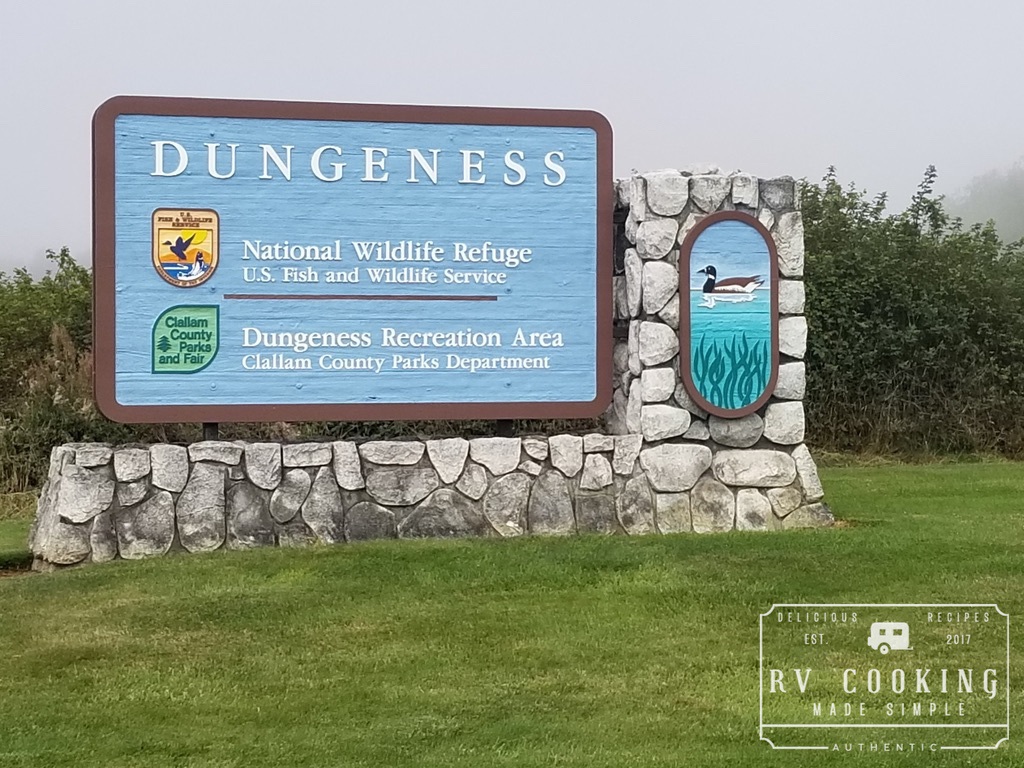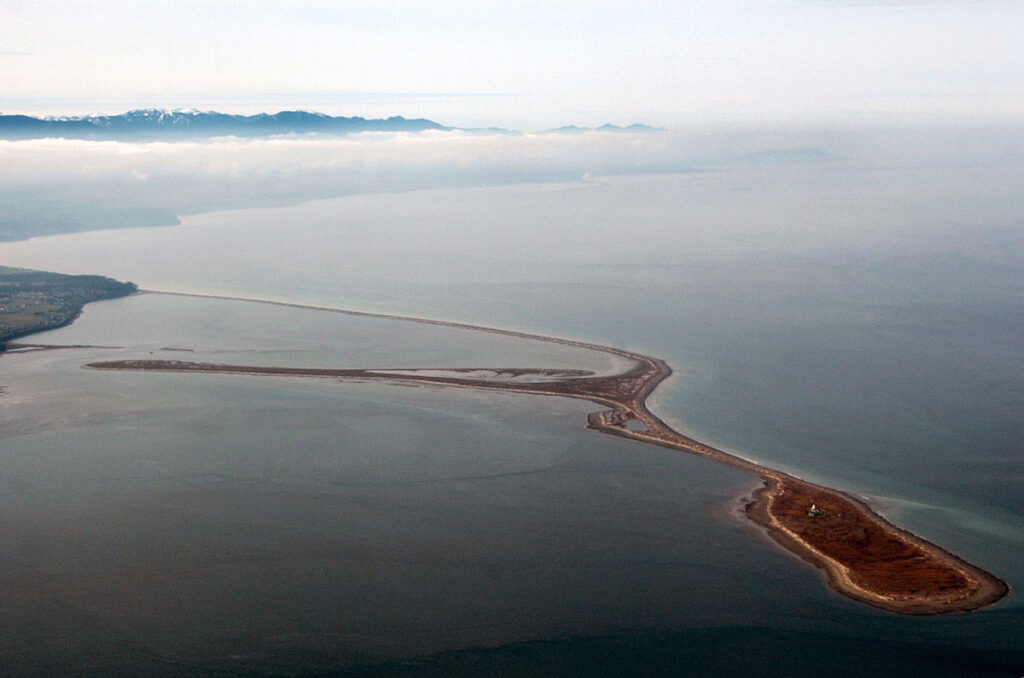Dungeness National Wildlife Refuge
A Coastal Sanctuary for Wildlife Enthusiasts and Avian Admirers
The Dungeness National Wildlife Refuge is a protected area located on the Olympic Peninsula in Washington state, United States. It is situated near the town of Sequim and covers an area of approximately 772 acres (313 hectares). The refuge is managed by the U.S. Fish and Wildlife Service and is an important habitat for a diverse range of plant and animal species.
The primary feature of the Dungeness National Wildlife Refuge is the Dungeness Spit, a long, narrow sand spit that extends into the Strait of Juan de Fuca. The spit stretches for about 5.5 miles (8.9 kilometers) and is one of the longest natural sand spits in the world. It is composed of sand and gravel and provides a unique ecosystem that supports a variety of wildlife.


Rich Birdlife
The refuge is renowned for its rich birdlife and serves as a vital stopover point for migratory birds along the Pacific Flyway. More than 250 bird species have been recorded in the area, including waterfowl, shorebirds, raptors, and songbirds. The refuge also provides nesting habitat for a number of bird species, such as the snowy plover and the Caspian tern.
In addition to its avian inhabitants, the Dungeness National Wildlife Refuge is home to other wildlife species. Mammals found in the area include Roosevelt elk, black-tailed deer, river otters, and various small mammals. The waters surrounding the refuge support marine life, including harbor seals and a variety of fish species.
The refuge offers opportunities for outdoor activities and wildlife observation. Visitors can explore the refuge on foot along designated trails, with the Dungeness Spit Trail being the most popular. The trail takes hikers through diverse coastal habitats and offers breathtaking views of the surrounding landscape.
While visiting the refuge, visitors are encouraged to respect the fragile ecosystem and adhere to the guidelines set by the U.S. Fish and Wildlife Service. These guidelines aim to protect wildlife and preserve the natural beauty of the area. The refuge also provides educational programs and interpretive exhibits to enhance visitors’ understanding of the unique coastal ecosystem and its inhabitants. Overall, the Dungeness National Wildlife Refuge is a picturesque and ecologically significant area, offering a haven for wildlife and a delightful destination for nature enthusiasts and birdwatchers alike.
